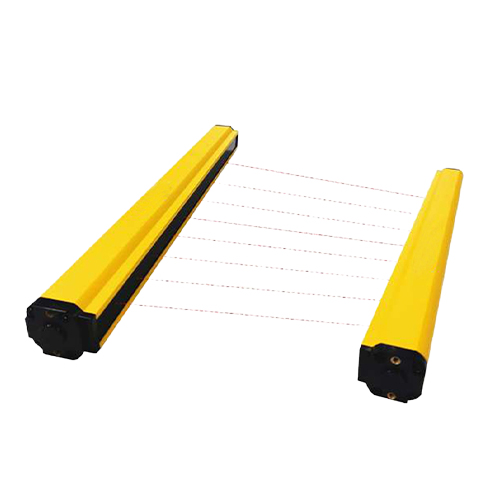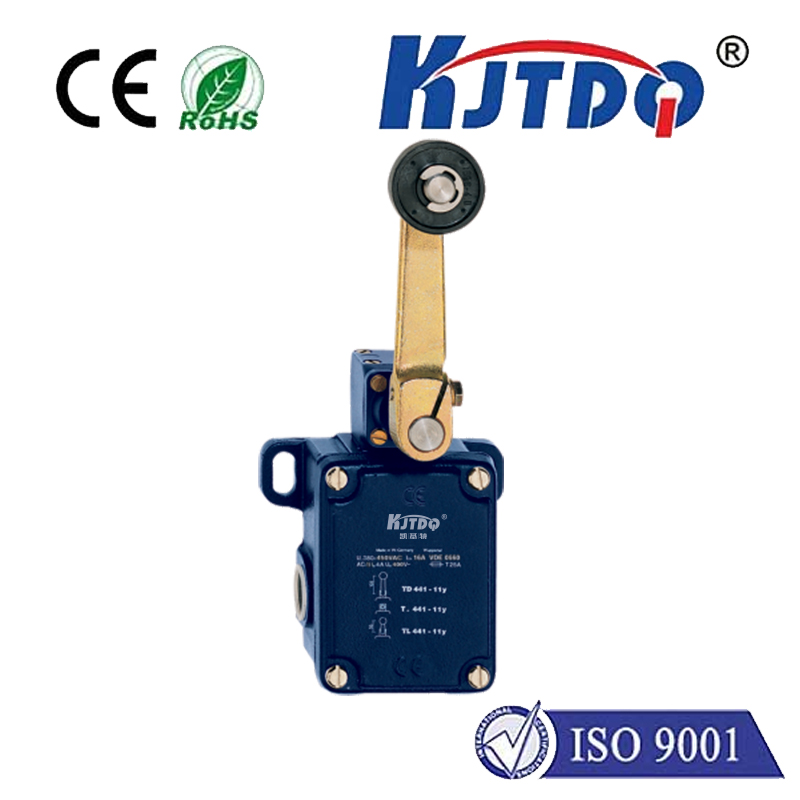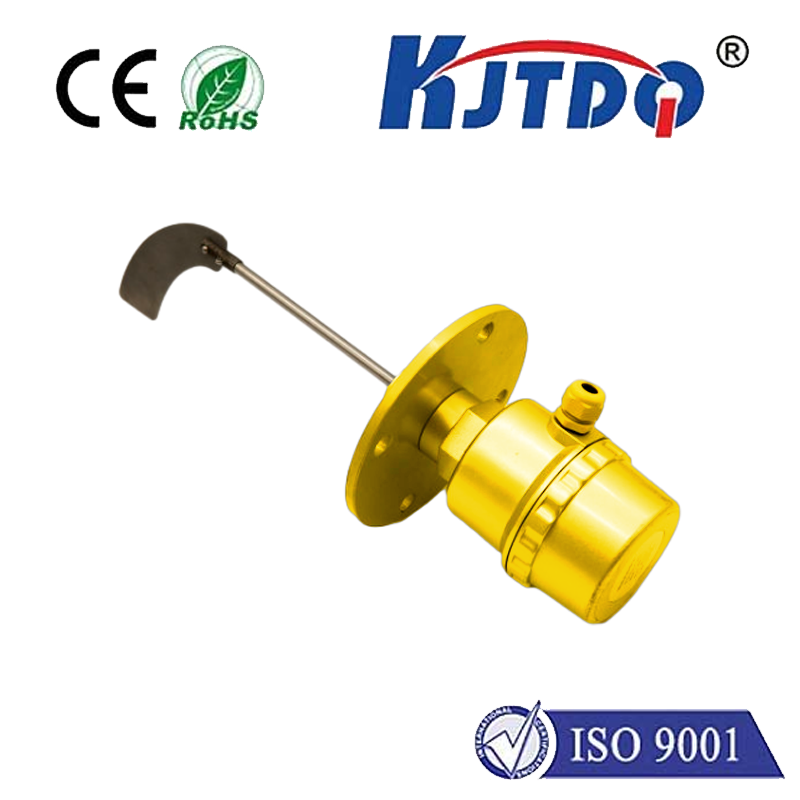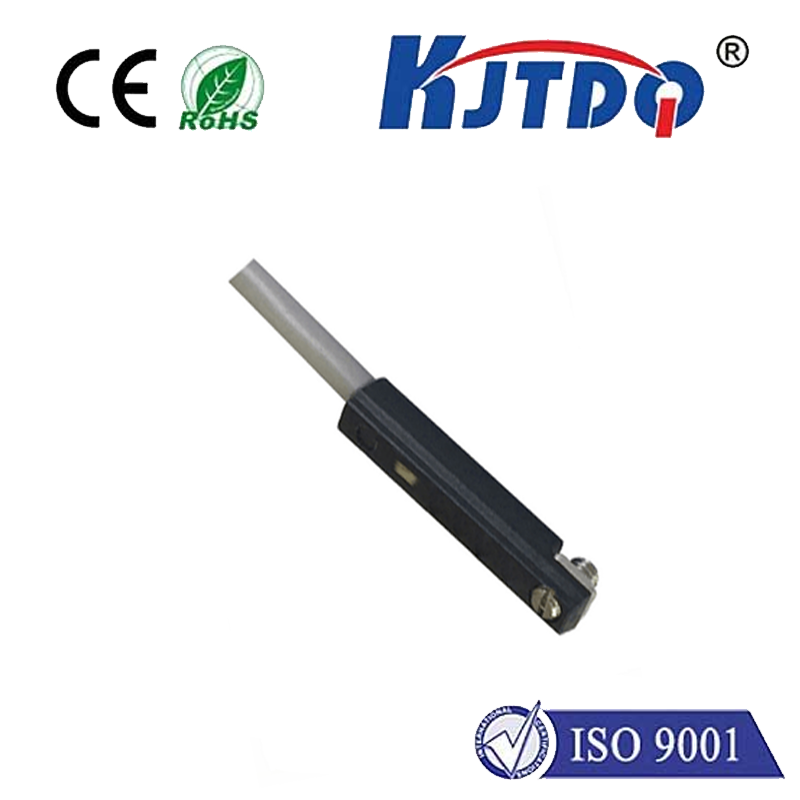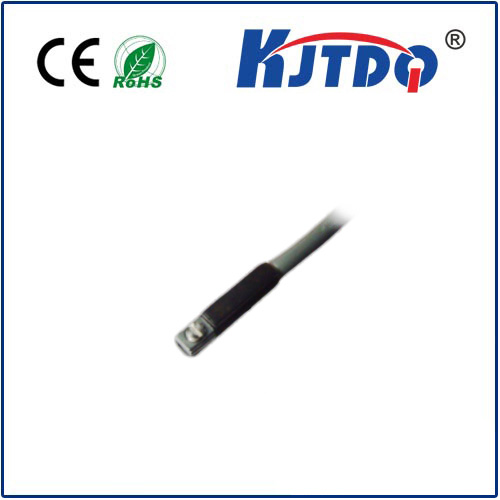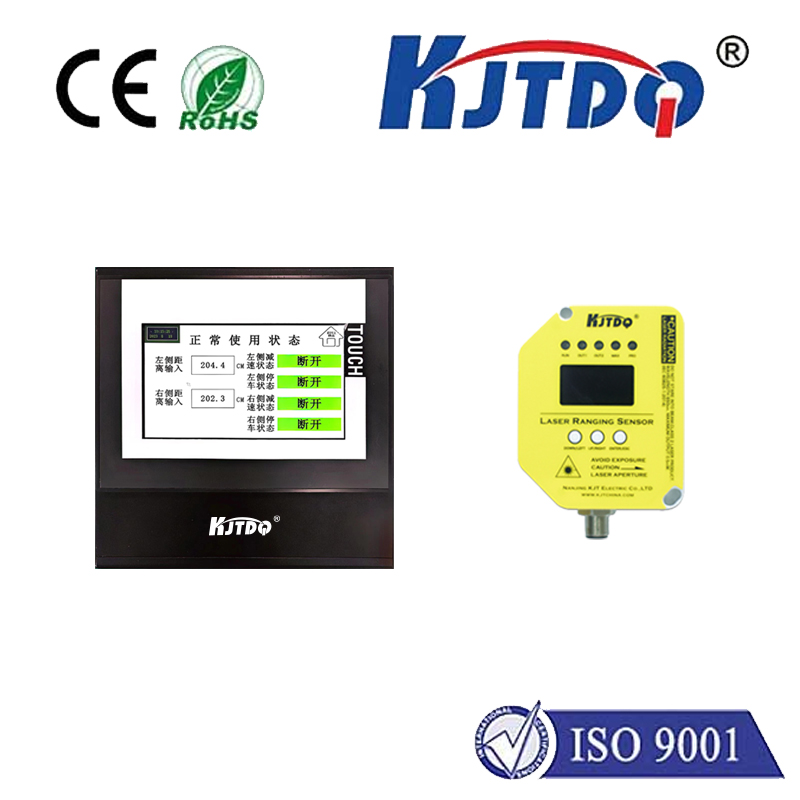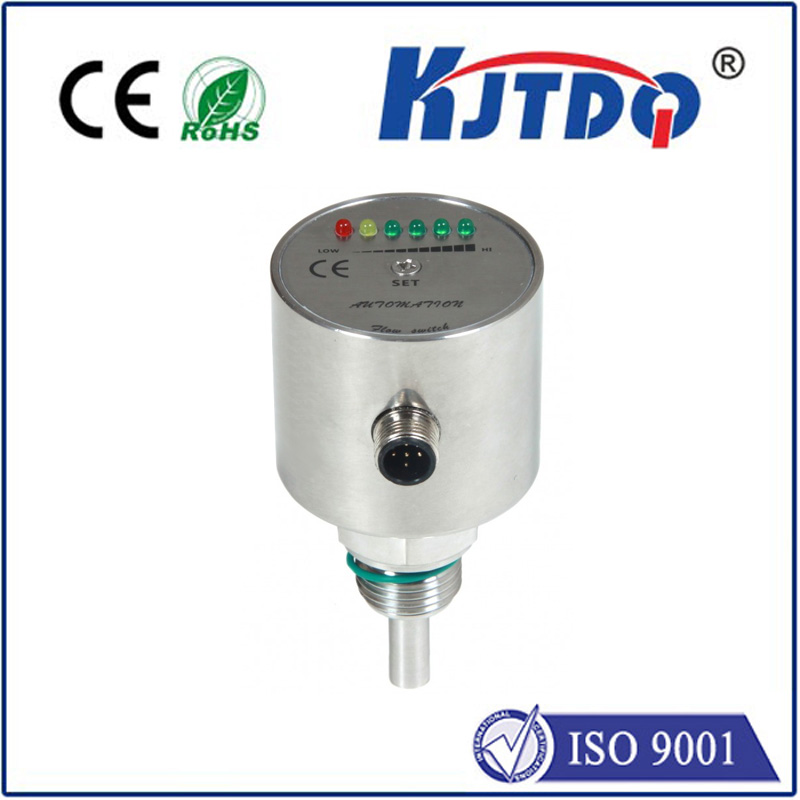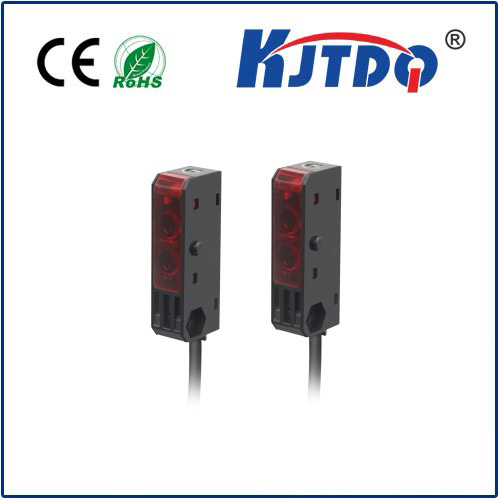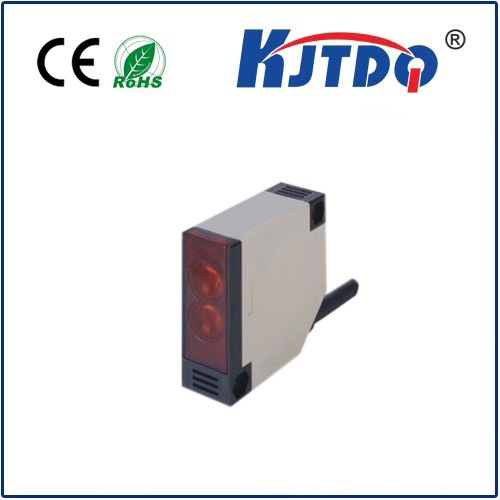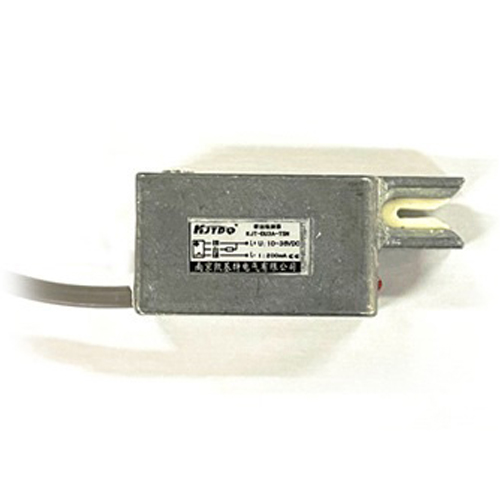

check

check

check

check

check

check

check

check

check

check
Title: Long Range Inductive Sensor: Revolutionizing the Future of Measurement
Introduction
Long range inductive sensors are changing the game in the field of measurement, offering unparalleled accuracy and reliability. These sensors have been designed to operate over long distances with minimal interference, making them ideal for a wide range of applications. In this article, we will delve into the world of long range inductive sensors and explore how they are revolutionizing the way we measure things.
Section 1: The Basics of Long Range Inductive Sensors
At its core, a long range inductive sensor is a type of electromagnetic sensor that uses the principle of induction to measure distance and direction. It consists of a magnetized coil of wire that produces an alternating magnetic field. When a conducting object approaches the sensor, it interacts with the field, causing a change in the electrical current flowing through the coil. This current can be used to calculate the distance between the object and the sensor.
Section 2: Advantages of Long Range Inductive Sensors
There are several advantages to using long range inductive sensors over traditional proximity sensors. For one, they can operate over long distances without losing accuracy or sensitivity. They also do not require any physical contact with the object being measured, making them ideal for use in hazardous environments. Additionally, long range inductive sensors can be used to detect a wide range of objects, from small particles to large vehicles.
Section 3: Applications of Long Range Inductive Sensors
The potential applications for long range inductive sensors are virtually limitless. Here are just a few examples:
* Automotive industry: Long range inductive sensors can be used to detect objects on the road, such as other vehicles or pedestrians, helping to improve safety and reduce accidents.
* Industrial manufacturing: These sensors can be used to monitor the performance of machines and equipment, providing real-time feedback to operators and allowing for predictive maintenance.
* Telecommunications: Long range inductive sensors can be used to detect obstacles in wireless communication networks, improving signal strength and reducing interference.
Conclusion
Long range inductive sensors represent a significant advancement in the field of measurement technology. With their ability to operate over long distances and their wide array of applications, these sensors are sure to play an increasingly important role in our lives. As research into these sensors continues, we can expect even more exciting developments in the years ahead.
